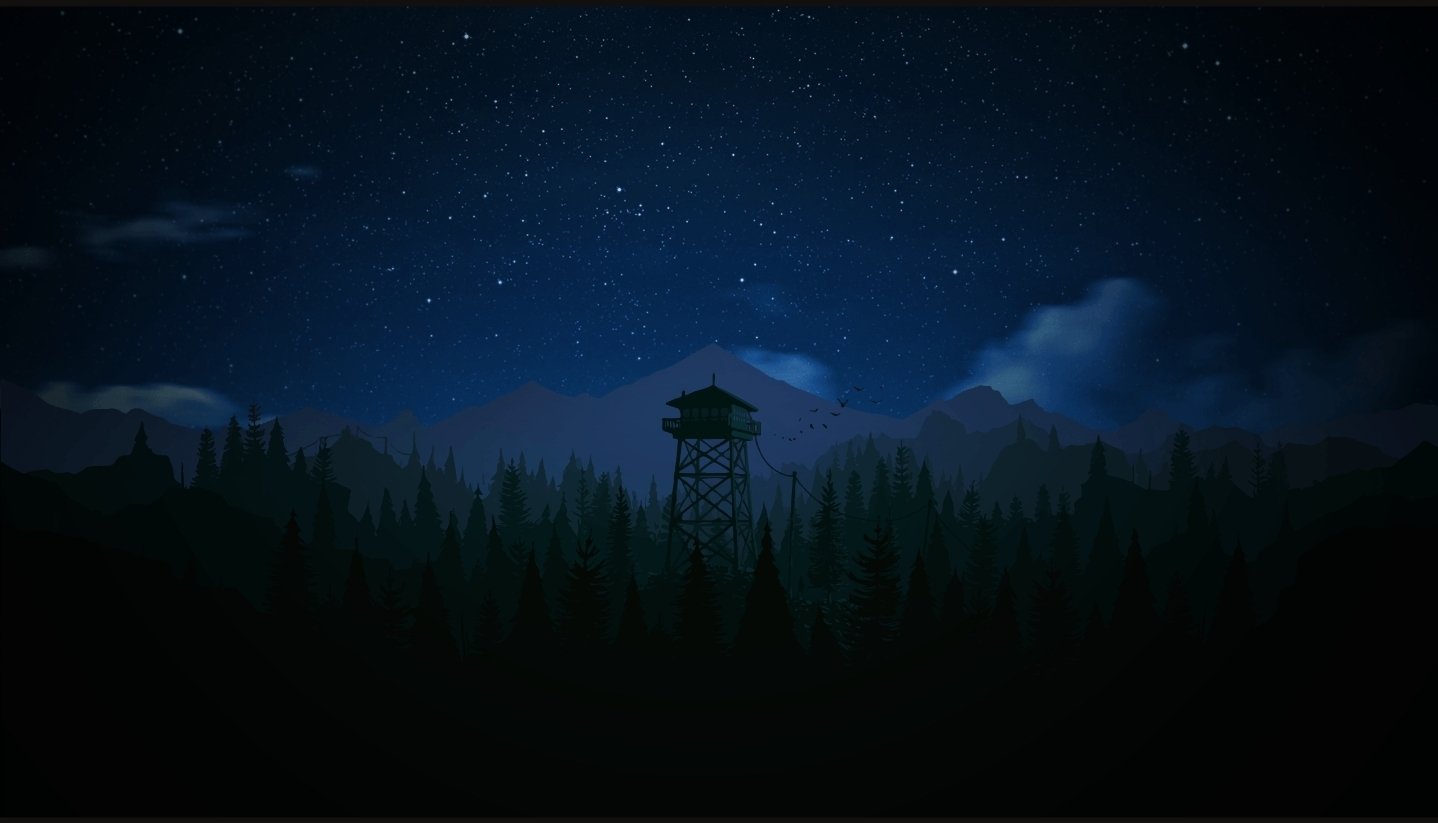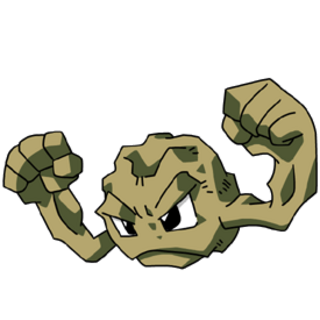I own some rocks that are likely billions of years old
That’s cool. I want to travel to the Canadian Northern islands someday and see the rocks there, which are likely that old. Some deposits on Michigan’s upper peninsula also date back to the Hadean, apparently.
Aren’t most(all?) rocks billions of years old? Are we making new rocks?
Rocks can grow baby rocks that grow mini rocks.
We are in areas of high volcanism!
I was in Iceland a few months ago, and in some areas the rocks are only tens of years old. There are entire plains of lava flows that are only a few thousand years old. (Same for Hawaii, too.)
I have three extremely good condition $2 US bills from the 50s before they started printing “In God We Trust” on them.
I own land. It’s been there all along.
My house, built in 1880.
Wow I bet it is such a great house!
It’s a very very very fine house.
Survivorship bias means only old houses left are the great ones.
Petrified wood, about 225 million years old.
By this logic, my oldest possessions are my protons, which are approximately the same age as the universe.
You mean “proton”?
You would have to expound. I understand that protons are identical to each other, but I’ve never heard that they’re somehow all one particle.
That was a theory I read years ago. The idea is, that there is only one photon which exists more or less outside of time and so is everywhere a Proton would be expected.
Edit: was actually about electrons
https://en.m.wikipedia.org/wiki/One-electron_universeThe one-electron universe postulate, proposed by theoretical physicist John Wheeler in a telephone call to Richard Feynman in the spring of 1940, is the hypothesis that all electrons and positrons are actually manifestations of a single entity moving backwards and forwards in time.
The diamond in my wife’s engagement ring is more than a billion years old.
It would be cool if we could ID which exploding star it came from.
Diamonds are produced in the earth’s crust. The gold in that ring though…
the elements that eventually ended up in earth’s crust had to come from somewhere
and i just realized that by this logic everything is actually as old as the universe
I’ve got some rocks on a shelf from the Permian. So a little older than 250 million years.
My birth certificate ☺️
I have a pendant which is made of a tiny piece of Campo Del Cielo meteorite. It’s several billion years old (4.5 according to wiki).
This comment made me realize how much of a ship of Theseus question this is. If you own made of stone, is that the “as old as” the stone, or when the thing was made? If your meteor was made into something, does it somehow change its age? None of that matter came from nowhere though, so the meteor was made from even older stuff, eventually going back to the creation of the universe.
For rock material, we generally consider it’s age as when it solidifies. Most meteorites are this age because they came from a supernova explosion of our sun at the end of its prior generation. This ejected most all elemental material lager than Hydrogen in our solar system. These elements were fused in that prior sun and ejected during the explosion. What didn’t coalesce into a larger body (e.g. a planet) froze into space dust and small asteroids, some of which falls to earth.
So, the amalgam that makes up the rock is 4.5Ga (giga anum), the minerals within are about the same. However, the elements that made up the stone were made long before in inside the prior sun. Now how long the subatomic particles have been around is a question for someone else.
I know how it all works, but it’s just somewhat weird. Some of the posts in this thread are about houses, but they are made up of other things, sometimes older, like bricks. They don’t consider those though. If the OP here used his meteorite as a piece of his house, would he no longer consider it the oldest thing he owns? It’s a ship of Theseus. Why does it change when it’s part of something else? (Rhetorical question.)
A 17th century bible.
I have one too. It’s big.
Blue Bear.
When I was maybe 3 (I don’t remember personally, I heard this story years later), my sister who was 9 at the time had this stuff bear. Blue fur, not much special about it, just an average stuffed bear. One day I decided I liked the bear more, and declared it mine. I was 3, that’s what 3 year olds do. A great fight ensued, but since I was the baby Mom told my sister to just let me have it. It was stolen a few times, and stolen back a few more times. And then hidden away for a great many years. Until one day in our 30s, going through my old toy box at my father’s house, hidden under some old report cards and junk toys, laid Blue Bear. And a great fight ensued, only this time with words and the occasional hip check into the wall to grab and dash. My step mother stepped in to tell us the smarten up and just give me the bear. And that was the first time I actually appreciated my step mother for something. She bought my sister whiskey to make up for it, but we all knew who won that day.
Blue Bear now sits in my living room display case.
My daughter had my first teddy bear. It’s 56 years old
you don’t own it though… you stole it from your sister, who loves you. bonehead.
Spoils of war, my dude. Besides, in the grand scheme of things, she’s had more wins than I have. The bear is mine, now and forever.
A tooth from a megalodon. Not sure how old it is exactly, somewhere between 3.6 million years and 23 million years.
Your mom.
Gottem.
1855 handbook from the freemasons detailing their rituals, imagery, ranks, and more.
My knees.
License plates from 1925. I’m tempted to put them on my car in a year because they simply say 25 on them.












